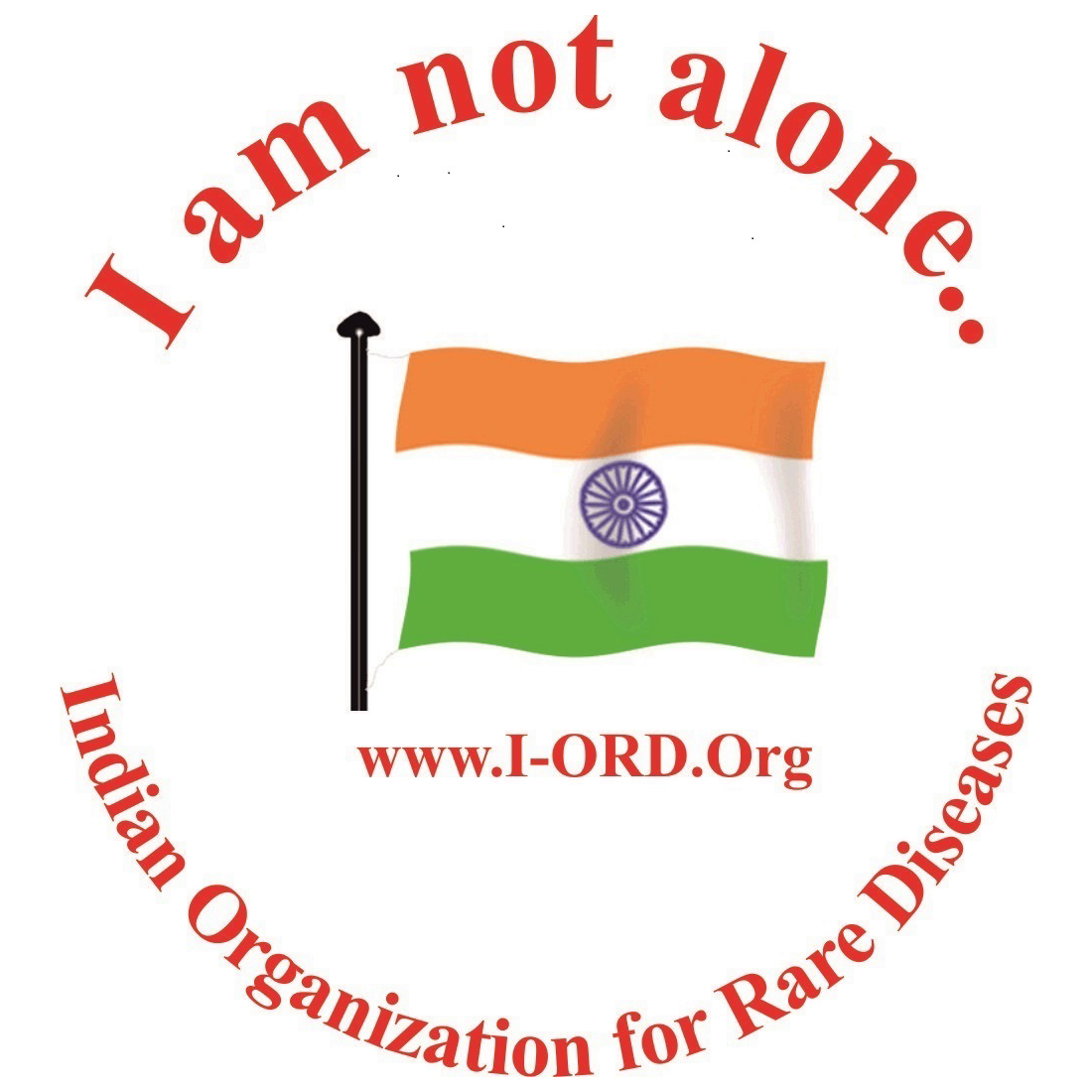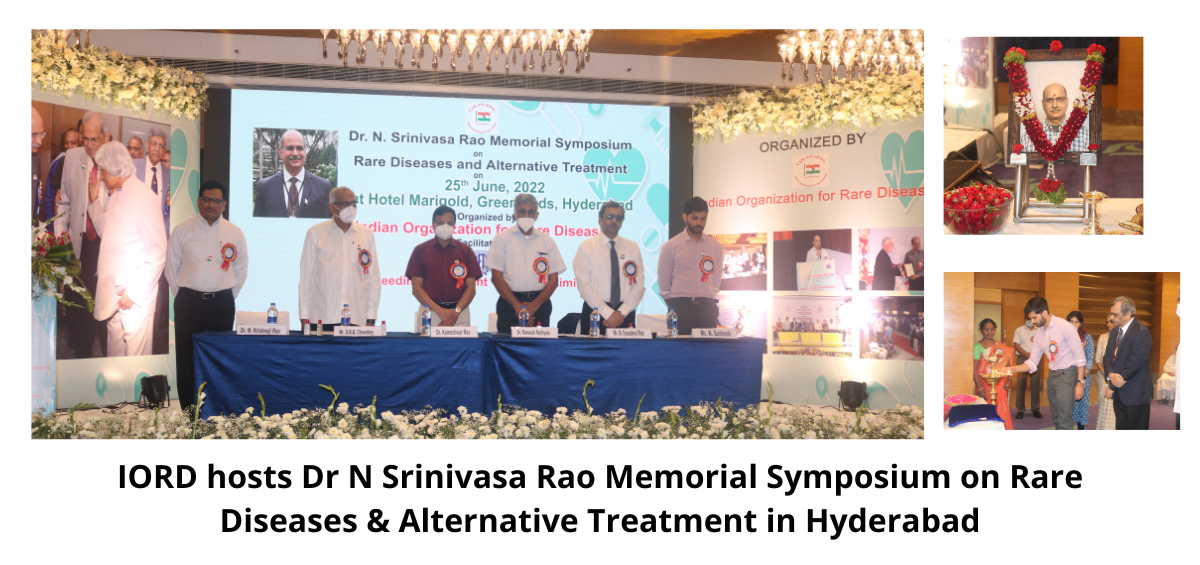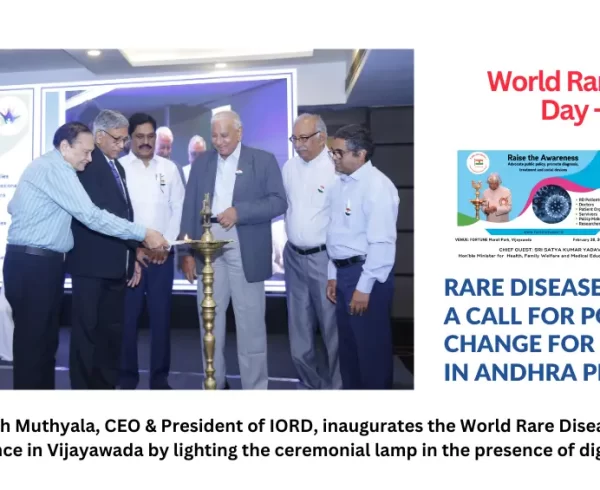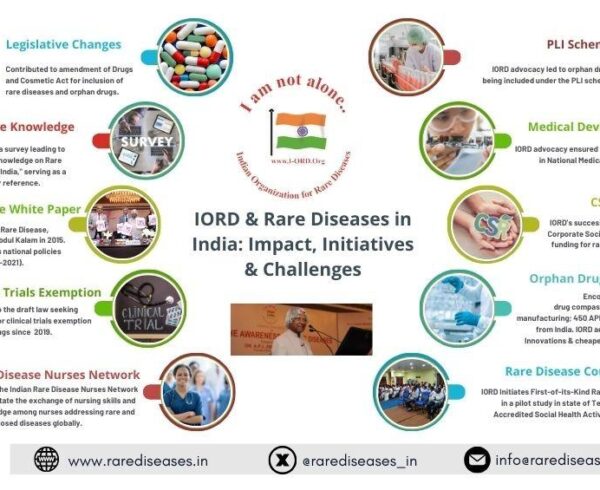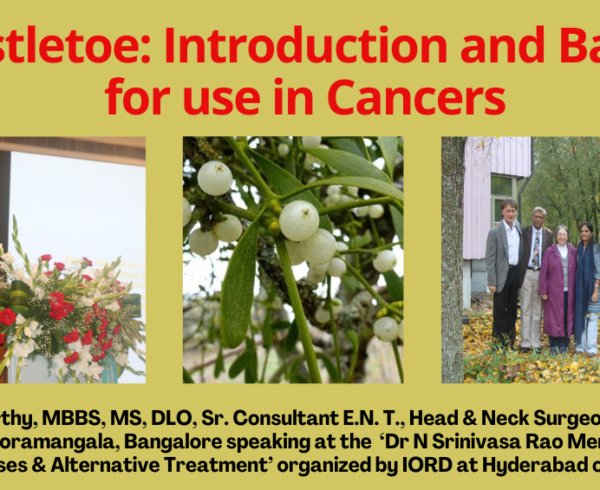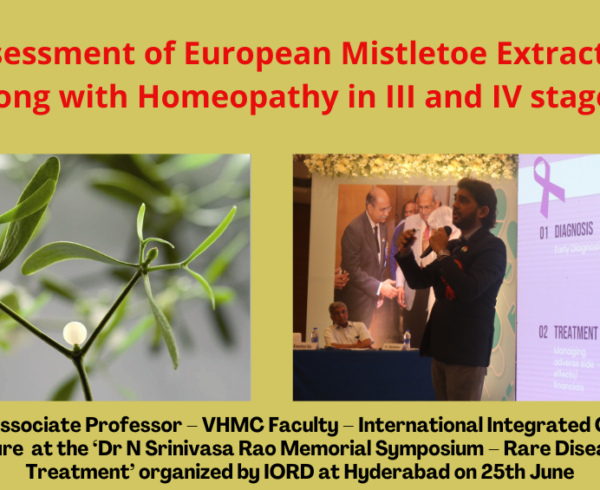India has the largest rare disease population in the world, said speakers attending the ‘Dr N Srinivasa Rao Memorial Symposium – Rare Diseases & Alternative Treatment’ at Hyderabad on 25th June, saying it is home to an estimated 25% of the world’s rare disease burden.
Every year, it is estimated that some 250 odd new Rare Diseases (RDs) get added to the 7000 known rare diseases that are thought to exist. About 80% of rare diseases have some identified genetic origin and 50% of RDs affect children. Unfortunately, 30% of them do not see their 5th birthday.
“In terms of frequency for every lakh population, Multiple sclerosis tops the list of commonly affected rare disease in India affecting an estimated 90 people per one lakh population (1 lakh),” said Dr. Kameshwar Rao, Executive Director, National Health Authority, while delivering a talk on “Rare Diseases: Policy Perspectives”.
The other commonly occurring rare diseases in India include Narcolepsy (50 people/1 lakh), Primary Biliary Cholangitis (40 people/1 lakh), Fabry Disease (30 people/1 lakh), Cystic Fibrosis (25 people/1lakh), Haemophilia (20 people/1lakh), Retinal Dystrophy (13 people/1lakh).
Facilitated by Jeedimetla Effluent Treatment Ltd, the symposium was organised by not-for-profit Indian Organization for Rare Diseases (IORD). It was attended by eminent medical practitioners to cast the spotlight on the role of Alternative Therapies for Rare Diseases.
At a time when newer allopathy drugs for the treatment of rare diseases are not often forthcoming due to a lack of funding in Research & Development by pharmaceutical companies, Dr Ravi Doctor, Associate Professor, faculty at the International Integrated oncology training, highlighted the growing use of alternative therapies in cancer such as Mistletoe.
In his talk on “Clinical use of Mistletoe in Cancer”, he showed evidence-based clinical case studies showing the efficacy of Viscum Album (a species of Mistletoe found in Europe that grows as a parasitic plant on different host plants) extracts along with Homeopathy in Stage III and stage IV cancers.
“Standardised Mistletoe extracts have been applied to cancer patients for over 100 years in mostly German-speaking countries. These extracts are widely used in complementary cancer treatment as immunomodulating agents,” he said in his presentation in the packed symposium attended by a packed audience.
In his address, Dr. P. Harihara Murthy, Sr. Consultant E .N. T. , Head & Neck Surgeon, Murthy Health & Research Centre, Bangalore, said that Mistletoe elevates the number of immuno-competent white cells and activates natural killer cells capable of spontaneously destroying tumour cells.
Dr. V. Chandrasekhar, Professor in General Medicine, Kakatiya Medical College, Superintendent, Mahatma Gandhi Memorial Hospital, Warangal, Telangana highlighted the role of complementary treatment in the management of Haemophilia.
Earlier while inaugurating the symposium, Prof Ramaiah Muthyala, CEO, of the Indian Organization for Rare Diseases, said that at the current pace of finding a cure for all 7000-8000 rare diseases in the world, it may take 2000 years to come with any treatment.
“Out of estimated 300 million rare disease patients in the world, India alone has about 90 million rare disease patients,” he said in his inaugural address while paying tribute to Late Dr N Srinivasa Rao Memorial for his contribution to the field of homoeopathy.
